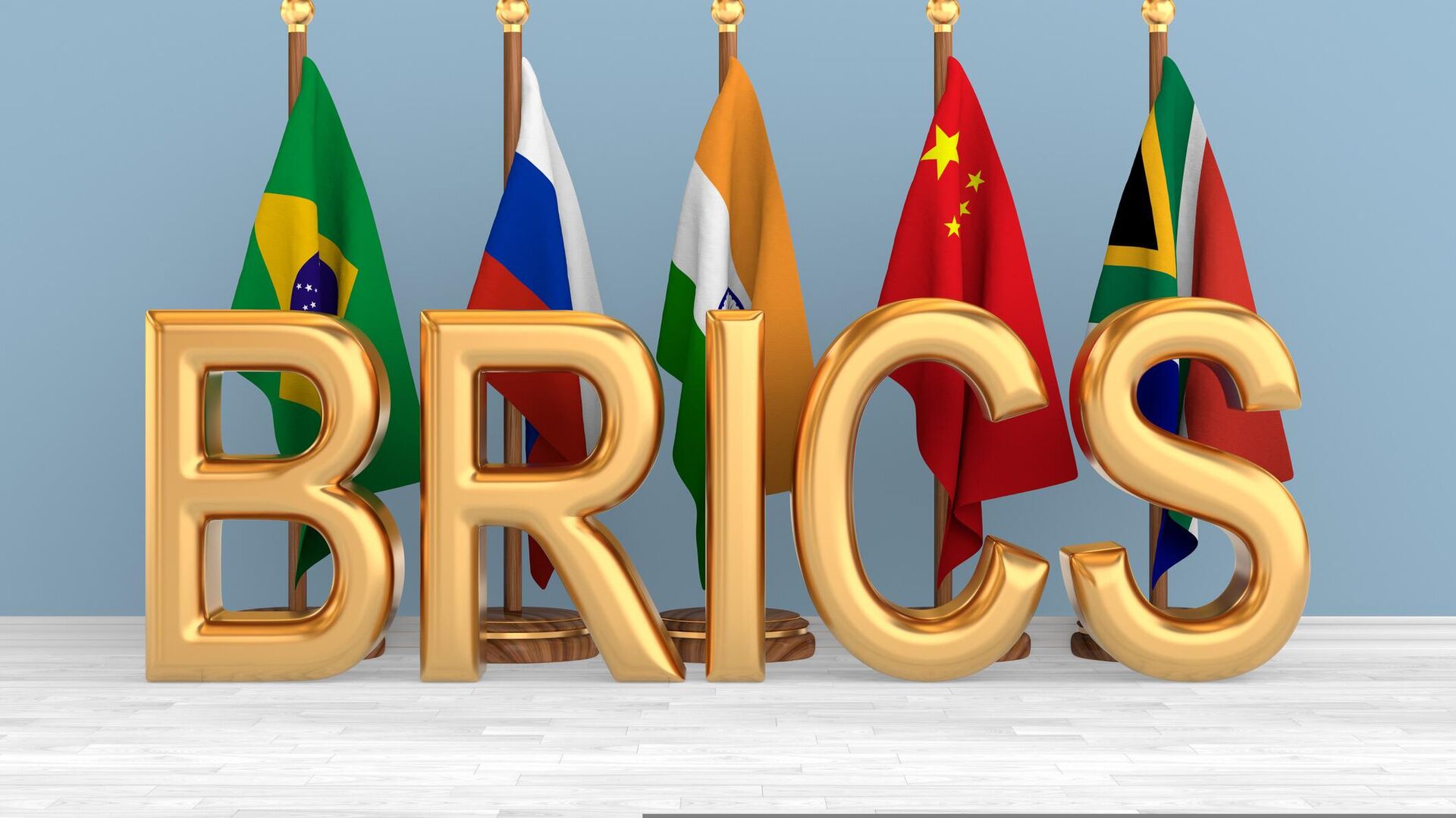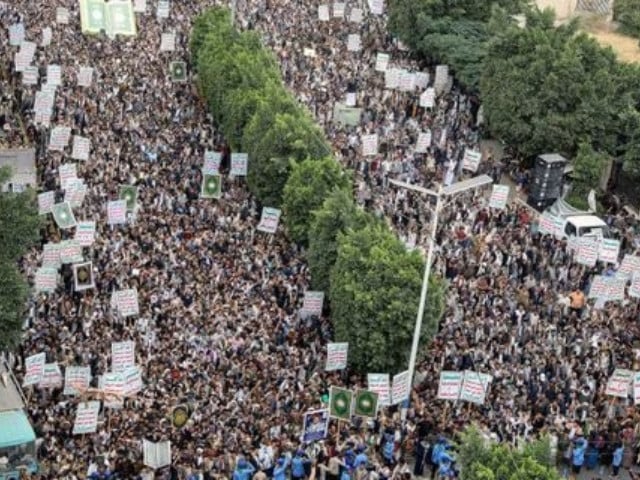In the ever-evolving landscape of global economics, the acronym BRICS has emerged as a symbol of power and cooperation. Comprising Brazil, Russia, India, China, and South Africa, this formidable group of emerging market economies is changing the dynamics of international relations. The BRICS mechanism is not just about economic growth; it’s about promoting peace, security, and development while building a more equitable world. As the world faces economic uncertainties, many look to the BRICS nations as the engines of global growth. Let’s explore the impact and expansion of BRICS, as well as its potential for further transformation.
From BRIC to BRICS: A Journey of Collaboration
The journey of BRICS began in Yekaterinburg, Russia, when the leaders of Brazil, Russia, India, and China came together to form the BRIC economic bloc. South Africa joined in 2010, turning BRIC into BRICS. Since its inception, BRICS has had a positive impact on the international system, with its member countries climbing the ranks in terms of economic strength. China, for instance, became the world’s second-largest economy in 2010, while Brazil joined the ranks of the top six economies in 2011.
A Geopolitical Game Changer with Global Influence
BRICS countries are not just focusing on their individual growth but are also coordinating their positions and actions on international platforms like the United Nations. In the face of a global economic crisis, BRICS nations have become the new locomotives for economic growth, providing much-needed impetus for international cooperation. Their trade and investment with low-income countries have played a crucial role in supporting the global economy during times of financial turmoil.
BRICS Expansion and Global Representation
The expansion of BRICS through the inclusion of South Africa has further broadened its geographic and intercontinental reach. The group now represents a significant portion of the global GDP and population. As a united front, BRICS accounts for about 30% of the global territory and is home to 45% of the world’s population. Over the next decade, its share of global output is expected to increase significantly, potentially reaching one-third by 2030.
The BRICS alliance, an acronym for Brazil, Russia, India, China, and South Africa, represents a powerful grouping of emerging market economies aiming to foster peace, security, development, and cooperation. With their combined efforts, these nations are working towards creating a more equitable and just world. Since its inception, BRICS has reshaped the international economic landscape, propelling individual member countries to new heights.
China, with its massive economic growth, has risen to become the world’s second-largest economy. India, not far behind, holds the tenth spot in the global GDP rankings and the fourth spot in GDP based on Purchasing Power Parity (PPP). Brazil, too, has climbed up the ladder, securing the sixth position in the world’s largest economies. Russia and South Africa have made significant strides as well, positioning themselves at the ninth and twenty-sixth spots, respectively.
Apart from individual growth, the BRICS alliance has also demonstrated the power of collective action. On various international platforms, these nations coordinate their positions, making their voices heard. In the face of global economic turmoil, they have stepped up as the engines of growth, extending their trade and investments to support low-income countries and foster global economic cooperation.*
South Africa’s inclusion in BRICS marked a turning point, expanding the alliance’s global representation and reach. With their shared objectives of advancing national interests, promoting regional integration, and addressing issues of global governance and reform, BRICS countries have tripled their share of the global GDP over the past 15 years. This remarkable growth trajectory is set to continue, with estimates indicating that their share of the global output could increase to 25% to 26% within the next decade and potentially reaching one-third by 2030.
The expansion of BRICS has not gone unnoticed. Thirteen countries, including the United Arab Emirates, Saudi Arabia, Bangladesh, Venezuela, Argentina, Indonesia, Ethiopia, Bahrain, Mexico, Nigeria, Algeria, Egypt, and Iran, have officially applied to join the alliance. Another twenty-two countries have expressed interest, signifying a major shift in the global economic order. The decision to induct new members will be jointly taken by the BRICS bloc during their upcoming summit.
The rise of BRICS is a testament to the potential of emerging market economies to reshape the global economic landscape. As they continue to gain momentum and influence, the world looks to them with renewed hope for a brighter and more prosperous future.
















